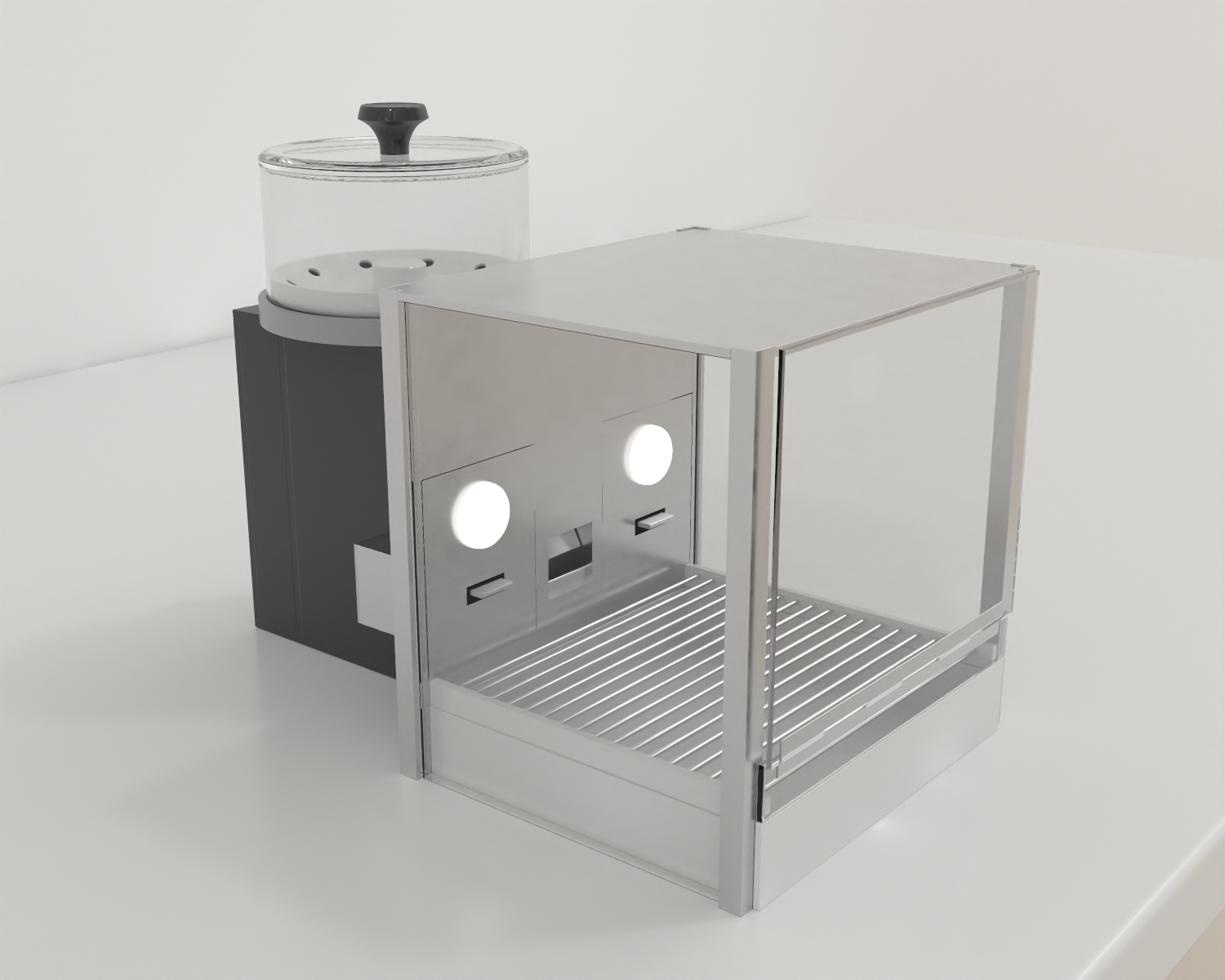A drug discrimination test box is a behavioral test used to assess the subjective effects of drugs in small animals such as rats and mice. The test is based on the principle that animals will learn to associate the effects of a particular drug with a specific cue or stimulus, such as a light or tone.
The drug discrimination test box typically consists of a chamber with several compartments, each with a distinct cue or stimulus. The animal is trained to associate one compartment with the effects of a particular drug, such as a stimulant or depressant, by administering the drug in that compartment. The animal’s behavior is then observed and recorded when it is placed in the different compartments, and the animal’s ability to discriminate between the compartments is used to assess the subjective effects of the drug.
The drug discrimination test box is widely used in neuroscience research to study the effects of drugs on behavior, as well as the neural mechanisms underlying drug addiction and other drug-related disorders. It allows researchers to study the subjective effects of drugs in animals, and it’s considered a valid tool to predict the abuse potential of a drug.
Mazeengineers offers the Drug Discrimination Box

